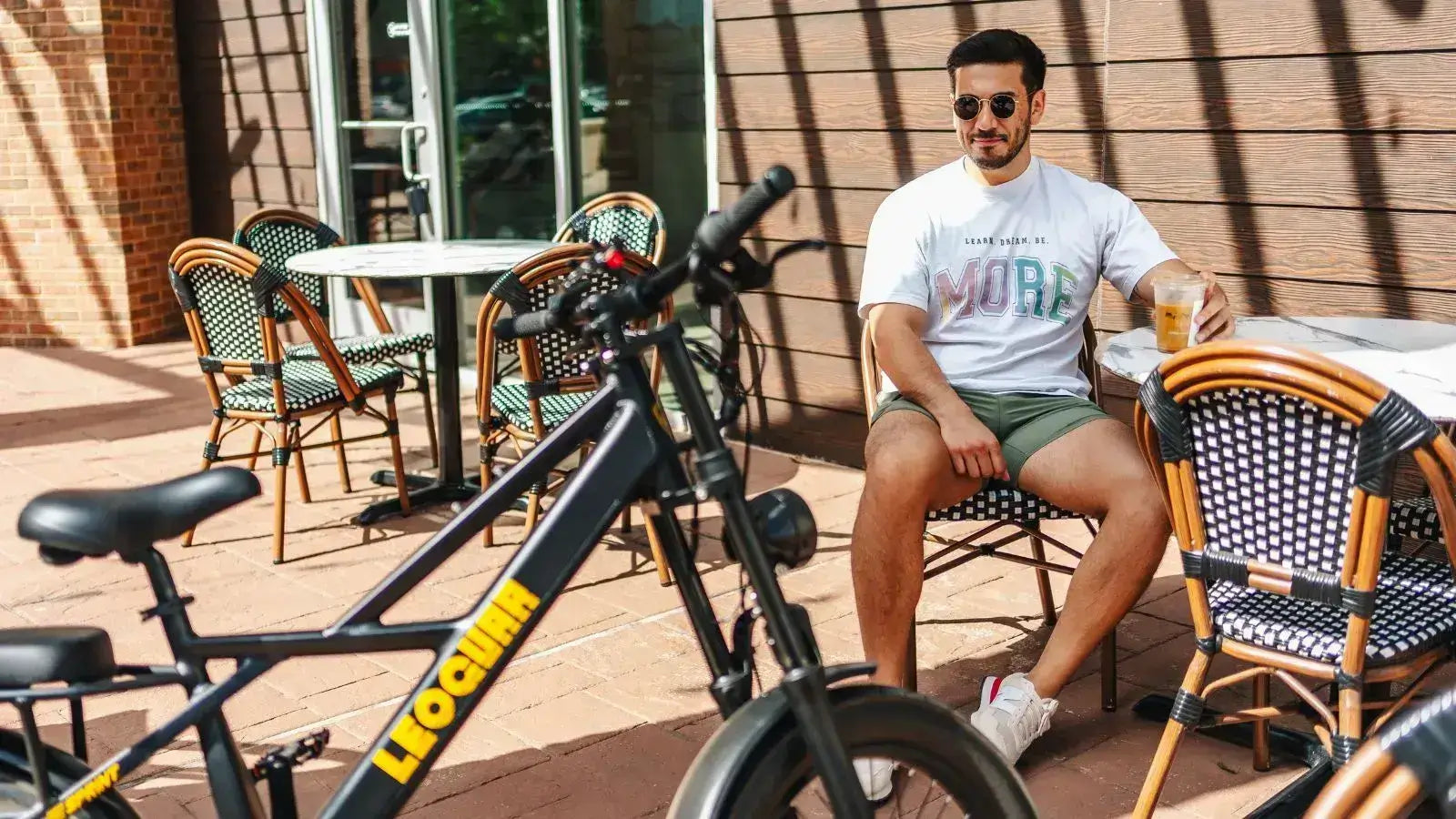
Electric Scooter vs Moped vs Electric Bike: How to Choose the Right Ride?
Quick Answer: The biggest difference lies in speed, licensing, and pedal power. A scooter vs moped comparison shows that scooters usually require a license and offer higher speeds, while mopeds are lighter and sometimes pedal-assisted. Electric bikes stand out with full pedal function, no license requirement, and greater flexibility for bike lanes and trails.
Introduction
Today’s cities offer three popular ways to get around: electric bikes, mopeds, and scooters. These options are not only budget-friendly and eco-conscious, but they also make everyday travel a lot easier. After spending plenty of time riding each one, I’ve picked up a clear sense of how they compare—and I’m here to break it down.
Electric bikes are easy to ride, thanks to built-in motor support that kicks in when you pedal. They’re lightweight and designed for steady, comfortable speeds, which makes them ideal for city traffic. In most places, you can ride one without needing a license or insurance. Mopeds, in contrast, are built for speed and distance. They’re more powerful, but that often comes with extra rules—like getting a license, registering the vehicle, and carrying insurance.
Mopeds have changed a lot over the years and now mostly run on electric or gas power. You don’t need to pedal them at all, but you’ll usually need a license, registration, and insurance to ride one. When comparing a moped vs electric bike, mopeds often cost more upfront—but they also offer more speed and handle longer trips with ease. Mopeds usually come with smaller engines—often 50cc or less—and some even have pedals like a bike, so they feel closer to a motorized bicycle. Scooters don’t have pedals and usually have bigger engines, between 50cc and 250cc, which means they can go faster and offer more power overall.
Scooters are small, lightweight, and perfect for short rides around town. If you’re deciding between a moped vs scooter, scooters are easier to store, cheaper to maintain, and great for places where parking is limited. They’re not as powerful, but they’re super convenient for everyday errands.
Each ride serves a different purpose. Electric bikes vs mopeds come down to whether you want help with pedaling or prefer a throttle-only ride. If you're thinking about moped vs ebike, remember that e-bikes give you light exercise while mopeds do the work for you. As for scooters, they shine in short-distance travel and tight city spaces. Even when comparing a mobility scooter vs moped, the moped clearly stands out for road use and travel range.
This guide will walk you through the key differences in features, rules, and costs. Whether you're leaning toward the energy of an electric bike, the power of a moped, or the simplicity of a scooter, you'll get the info you need to make the right pick.

Electric Scooter vs Moped vs Electric Bike: Feature-by-Feature Comparison
Electric bikes, mopeds, and scooters each come with their own set of features. Understanding the differences—like in a moped vs scooter or ebike vs moped comparison—can help you pick the ride that fits your lifestyle. Let’s take a closer look at what makes each one unique in a simple, clear way.
Power and Movement
Electric bikes use both pedals and motors, usually motors between 350W and 750W. You can ride them like a regular bike or get a little help from the motor, which helps save battery. In the moped vs electric bike matchup, mopeds have much bigger motors—often between 1,000W and 4,000W—and rely mostly on a throttle, like a small motorcycle. Scooters are simpler: they run on electric power only and are perfect for zipping through city streets.
How They're Built
Electric bikes look a lot like regular bicycles but have added electric parts. Mopeds are bigger and heavier, with room for two people to sit and special spots for batteries or gas tanks. Scooters are small and light, and some can even fold up to save space when you're not using them.
Battery Life and Power
Electric bikes can go 25 to 50 miles on a full charge, which is great for daily commutes or school runs. In the moped vs ebike comparison, mopeds can travel farther thanks to larger power systems, but they usually require more upkeep. Scooters generally last 10 to 30 miles per charge, making them a smart pick for short, local trips. That’s one reason many commuters compare electric scooter vs moped range before choosing.
Speed
Electric bikes typically max out at 28 mph due to local safety laws. Mopeds can hit speeds between 30 and 40 mph, but often require a license. If you're comparing electric bike vs moped based on speed, mopeds clearly go faster—but with that comes extra rules. Scooters, on the other hand, stick to a modest 15–25 mph range, which works well for safe city travel.
Being Green
Electric bikes are the most eco-friendly choice. They don’t produce emissions and also let you get some exercise. Their small batteries use very little electricity. While mopeds and scooters aren’t as clean as bikes, they still use far less energy than cars. Whether it’s moped vs scooter or moped vs electric bike, all three options offer a greener way to move around compared to traditional gas vehicles.
Quick Compare Table
| Feature | Electric Bike | Moped | Scooter |
| Motor Power | 250-750W | 1,000-4,000W | Variable electric |
| Range | 25-50 miles | Longer range | 10-30 miles |
| Top Speed | Up to 28 mph | 30-40 mph | 15-25 mph |
| Best Use | Exercise + travel | Longer trips | City commuting |
| Green Rating | Excellent | Good | Very Good |
When comparing an electric scooter vs moped vs electric bike, remember that mopeds often require registration and licensing, while scooters are more flexible for casual urban use. These differences show why each vehicle might be right for different people. Think about how far you need to go and how you plan to use your ride before making your choice.
Moped vs Scooter vs Electric Bike: Rules, Speed & License
Understanding the laws around electric bikes, mopeds, and scooters is key before hitting the road. Each city or state has its own rules, and knowing them can help you stay safe and avoid fines. In general, electric bikes are easier to manage legally, while mopeds and scooters come with more requirements.
Licensing and Registration Requirements
When comparing moped vs electric bike, the biggest legal difference is paperwork. Most areas don’t require a license or registration for electric bikes, which makes them easy to own and ride. Mopeds, however, usually need both—just like cars. In the ebike vs moped comparison, e-bikes clearly win when it comes to convenience.
The law also looks at speed and motor power to decide what category your vehicle belongs to. Electric bikes are typically capped at 20–25 mph, keeping them in the same legal class as regular bicycles. Mopeds go faster—up to 30–40 mph—but that extra speed means more rules and stricter enforcement.
Another big part of the moped vs ebike comparison is insurance. If you ride a commuter electric bike, you probably won’t need to buy insurance. Mopeds are a different story. Because they ride in traffic with cars, most places require moped riders to carry insurance. In a moped vs scooter scenario, scooter laws vary a bit more. Some small electric scooters need no license or insurance, while faster, more powerful ones might fall under similar rules as mopeds.
Here's a simple breakdown of the main legal differences:
| Feature | Electric Bike | Moped | Scooter |
| Licensing | No special license needed | Must have driver's license | Sometimes needs license |
| Registration | Not needed | Must be registered | Depends on power |
| Speed Limit | 20-25 mph | 30-40 mph | 15-25 mph |
| Insurance | Usually not needed | Must have insurance | Sometimes needed |
| Where You Can Ride | Bike lanes and parks | Roads only | Varies by area |
Cities tend to be more friendly toward electric bikes, especially because they’re quiet, slower, and fit well in bike lanes. In the moped vs electric bike comparison, e-bikes usually have fewer restrictions in urban areas. Mopeds and scooters, on the other hand, often face stricter rules in suburbs or rural places due to their higher speeds and different traffic conditions.
For the most accurate and up-to-date information, it’s always best to check local transportation websites like the RSA (see: RSA – Powered Personal Transportation). Rules around these vehicles can shift as new models and technologies become available.
Legal limits can play a big role in your decision. Many city riders go for electric bikes because there are fewer rules to follow. If you need more speed or longer range, a moped or scooter might be better—just keep in mind you’ll likely need a license and insurance. And when weighing moped vs scooter for the suburbs, scooters are often seen as more casual, while mopeds lean closer to motorcycle regulations.
Always double-check local laws before buying. Whether you're deciding between a moped vs electric bike or something in between, knowing the rules will help you choose the ride that fits your life—and keeps you legal on the road.
When comparing electric scooter vs moped, legal requirements like license, helmet laws, and road access are often the deciding factor.
What’s the Cost? Ebike vs Moped vs Scooter
Choosing the right transportation option means thinking about both how much you’ll pay up front and what it costs to keep things running over time. When comparing ebike vs moped vs scooter, each one brings a different mix of purchase price, maintenance, and extra expenses.
Electric bikes often have a mid-range starting price but save you money in the long run with low upkeep and no fuel or insurance needed. Mopeds usually cost more to buy and come with extra costs like insurance, registration, and more frequent repairs. In the moped vs scooter debate, scooters are generally cheaper upfront and easier to maintain, but may not be as powerful or long-lasting.
Overall, whether you’re looking at moped vs ebike or electric scooter vs moped, it helps to think about how often you’ll ride, how far you’ll go, and how much you're willing to spend—not just today, but every month after.

If you're comparing electric bike vs moped vs scooter, price is a big part of the decision. Electric bikes usually range from $700 to $3,000, depending on motor power, battery capacity, and how much pedal assistance they offer. Mopeds tend to cost more—$1,500 to $4,000—thanks to stronger motors and the ability to handle longer rides. In the moped vs scooter comparison, scooters are generally the most budget-friendly, with prices starting around $300 and going up to $1,500 for higher-end models.
For long-term use, electric bikes are the most affordable to maintain. You’re looking at about $50 to $200 per year for things like routine checkups and charging. In contrast, mopeds cost the most to keep running, with yearly expenses between $600 and $1,200—this includes fuel, oil changes, and insurance. Electric scooters sit in the middle of the moped vs ebike cost spectrum, with maintenance costs typically between $50 and $150 per year.
Here's a simple breakdown of costs:
| Cost Type | Electric Bike | Moped | Scooter |
| What you pay upfront | $700 - $3,000 | $1,500 - $4,000 | $300 - $1,500 |
| Yearly maintenance | $50 - $200 | $600 - $1,200 | $50 - $150 |
| Power/Fuel costs | Low | Medium | Low |
| Insurance needed | Usually no | Usually yes | Depends where |
Your location can change these costs. Some cities offer money back when you buy electric vehicles. This can make electric bikes and scooters even cheaper. However, some places have strict rules about mopeds that might add extra costs for licenses and insurance.
Consider both what you'll pay now and what you'll spend later. A cheap vehicle might end up costing more if it needs lots of repairs or uses expensive fuel. Think about how you'll use it and pick something that matches both your needs and your budget.
Real Users Share: Ebike, Moped, and Scooter Experiences
Many city riders have shared their thoughts on electric bikes, mopeds, and scooters, and their real-life experiences reveal what it’s like to use each option day to day. When it comes to choosing between an electric bike vs moped vs scooter, people tend to focus on comfort, reliability, and long-term cost. Several users mention the ongoing debate of electric scooter vs moped as a matter of licensing, comfort, and maintenance.
Alex's Year-Long Experience
Alex tested both an e-bike and a moped for a full year. The ebike helped him move through traffic and gave him a bit of a workout, but on longer rides, the battery didn’t always keep up. His experience highlights a common point in the ebike vs moped discussion—e-bikes offer flexibility and health benefits, but mopeds win in terms of range and convenience for extended rides.
Maria, who delivers packages part-time, tried both scooters and mopeds. In her case, moped vs scooter came down to stability and cost. Scooters were great for quick downtown routes, but rough roads made the ride a little bumpy. Mopeds felt sturdier and handled uneven pavement better, though they came with more maintenance and paperwork.
A recent survey of daily commuters showed similar themes. Most e-bike users appreciated the balance of speed and fitness. Scooter owners loved how simple and space-saving their rides were. Moped users enjoyed smoother travel and better speed but often had concerns about upkeep and legal requirements. It’s a classic case of moped vs ebike—more power versus less hassle.
Here's what riders learned from their experiences:
-
Consider getting spare batteries for e-bikes on long trips
-
Electric scooters work best on smooth city streets
-
Remember that mopeds need insurance and special licenses
One commuter found a smart way to combine options: he used his electric bike for short rides and hopped on public transit for the rest. That hybrid setup worked better than sticking to just one mode of travel.
In the end, choosing between an electric bike vs moped vs scooter comes down to what works best for your routine. Think about how far you need to go, how much you're willing to spend on upkeep, and what feels easiest to use. Try them out if you can, check local rules, and take note of the hidden costs. These real stories show that the right choice isn’t always obvious—it’s about finding what fits your life.

How to Choose: Electric Bike, Moped, or Mobility Scooter?
Features, Legal Differences, and Cost
Picking the right way to get around town depends on your lifestyle, your budget, and what’s legal where you live. When choosing between an electric bike, moped, or mobility scooter, there are a lot of factors to think through. Each one has its own strengths, and the best choice often depends on your daily routine.
Electric bikes are a great mix of eco-friendly travel and light exercise. You can pedal as much—or as little—as you want, with the motor kicking in to help. In most places, e-bikes come with simple rules, and you usually don’t need a license or registration. In the electric bike vs moped comparison, e-bikes are easier to manage legally and cost less to maintain.
Mopeds give you more speed and power, perfect for longer commutes without the need to pedal. But they come with added responsibilities. You’ll likely need a license, registration, and insurance. Compared to an ebike vs moped, mopeds are stronger but more expensive in the long run. When looking at moped vs electric bike, it’s a trade-off between power and simplicity.
Mobility scooters or lightweight electric scooters are the easiest to carry and great for quick city rides. They may not go as fast as mopeds or have the range of an e-bike, but they’re compact and easy to store. In a mobility scooter vs moped scenario, scooters win in terms of portability and ease of use, while mopeds offer more power for road travel. Similarly, in the moped vs scooter comparison, mopeds are better for distance and speed, while scooters are great for simple, short rides.
Think about how far you travel, how much you want to spend, and how much work you want to put into upkeep. If you want a little exercise and low maintenance, go for an electric bike for daily commute. If you need more power and don’t mind licenses or insurance, a moped might fit better. If all you need is a lightweight ride for short distances, a scooter could be just right.
In the end, your choice should reflect what matters most to you—whether that’s cost, convenience, or how fast and far you want to go. Trying out each type, checking local rules, and thinking about how you’ll actually use the vehicle can help you make a smart, confident decision.
FAQs
1. Q: What's the average cost difference between an e-bike, moped, and scooter?
A: When comparing moped vs electric bike vs scooter, you'll find that electric bikes usually cost between $700–$3,000, mopeds range from $1,500–$4,000, and scooters fall between $300–$1,500. Mopeds also tend to have the highest maintenance costs over time.
2. Q: Do I need a license to ride an e-bike, moped, or scooter?
A: In most cases, ebikes don’t require a license, which makes them more accessible. However, mopeds always require a valid license, and scooters fall in the middle—license rules vary depending on your location. If you’re weighing ebike vs moped, this legal factor is a key difference.
3. Q: What's the typical range for each vehicle on a single charge?
A: E-bikes can travel 25–50 miles, making them great for daily rides. Mopeds offer the longest range, often exceeding 60 miles, while scooters generally run 10–30 miles per charge. So if range matters, consider your needs when comparing a moped vs ebike vs scooter.
4. Q: Which vehicle is best for city commuting?
A: If you're debating moped vs scooter for city riding, scooters win for short, stop-and-go traffic thanks to their compact size. E-bikes are more versatile, suitable for both city streets and paths. Mopeds are better for longer, open-road commutes but may require parking and licensing.
5. Q: What are the maximum speed limits for each vehicle?
A: Electric bikes typically top out at 28 mph, mopeds can go 30–40 mph, and scooters cruise at 15–25 mph. When comparing moped vs ebike, speed is one of the defining differences—mopeds have the edge, but may also face more regulation.
6. Q: Is it harder to ride a scooter or a bike?
A: For most people, motor scooters are easier to ride than bicycles because they don’t require pedaling and balance is more stable at low speeds. However, traditional bikes—and especially ebikes—offer more flexibility, better exercise, and no fuel cost. If you're comparing ebike vs moped vs scooter in terms of ease, electric bikes often hit the sweet spot for balance and simplicity.
7. Q: Which is better, an electric scooter or a motorized scooter?
A: An electric scooter runs on a rechargeable battery and is quieter, cleaner, and easier to maintain. A motorized scooter (often gas-powered) might offer more range or speed but comes with higher maintenance and emissions. For eco-friendly urban use, electric scooters usually win out—especially when comparing electric moped vs motor scooter.
8. Q: Are Ebikes easier to ride than regular bikes?
A: Yes, ebikes are much easier to ride, especially uphill or over long distances. The pedal-assist system reduces physical strain and makes riding smoother. Compared to both regular bikes and mopeds, ebikes are user-friendly, require no license, and feel more natural for first-time riders.




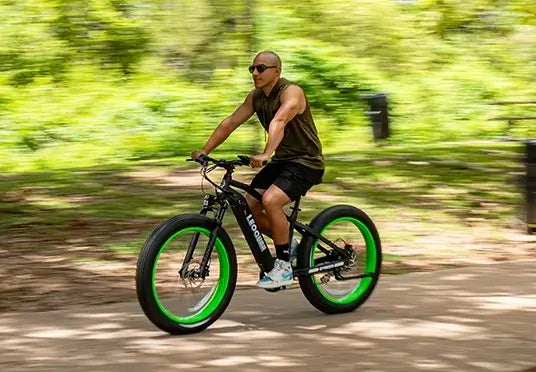

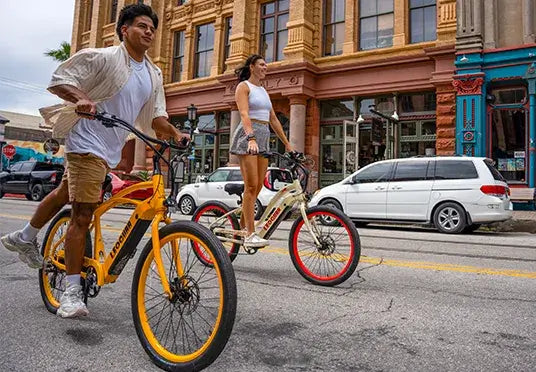
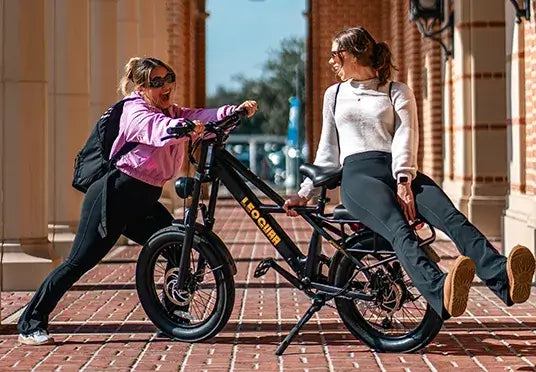
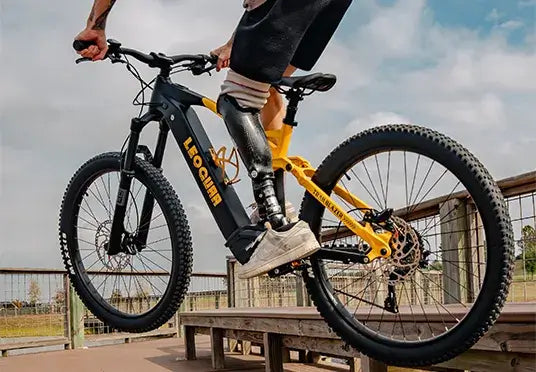

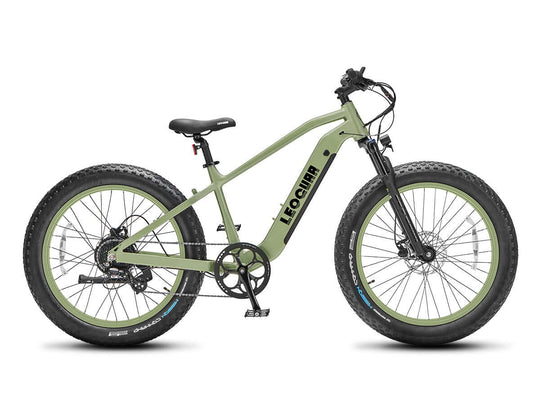
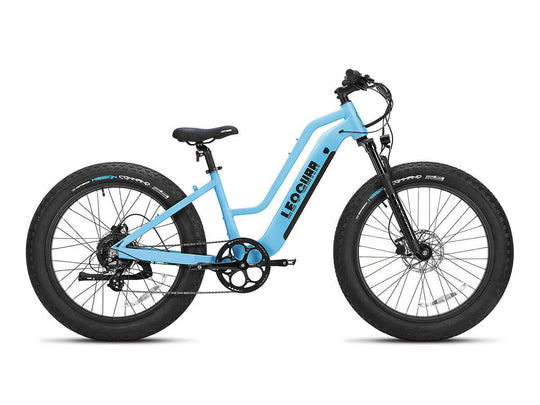
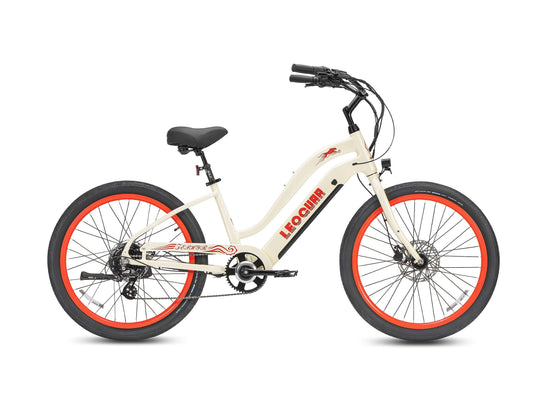
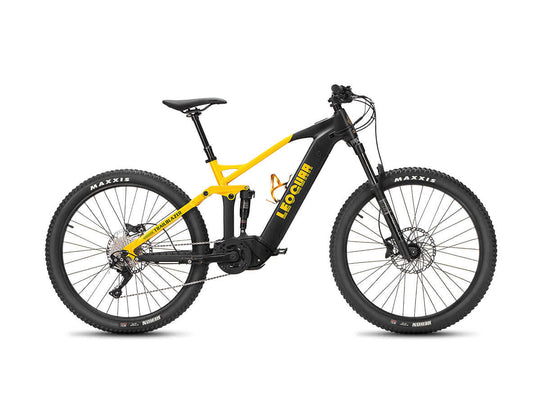
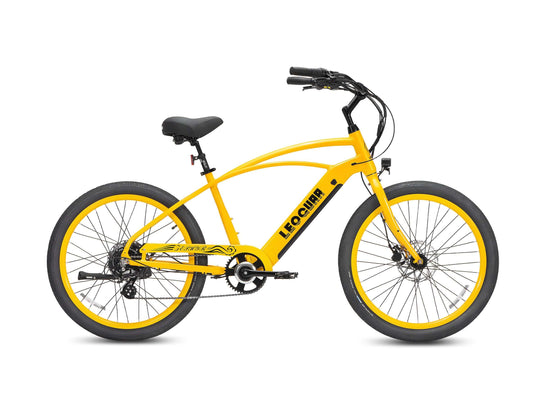
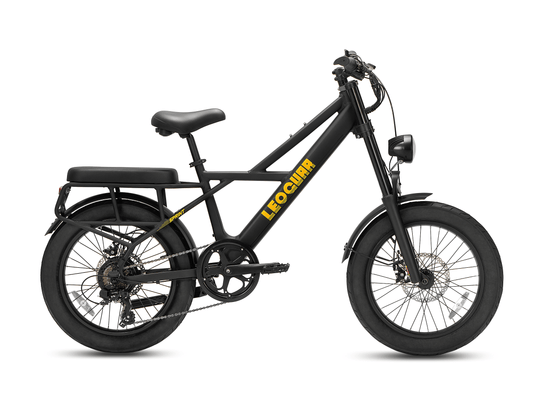

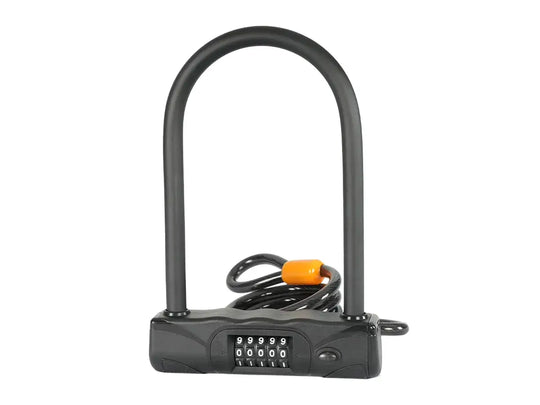
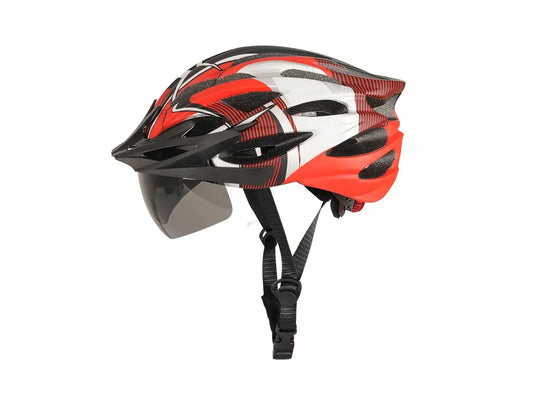
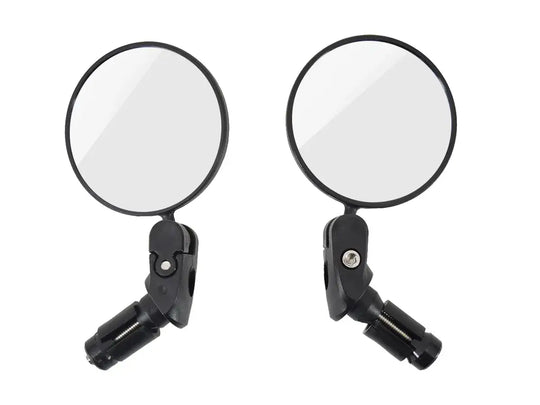

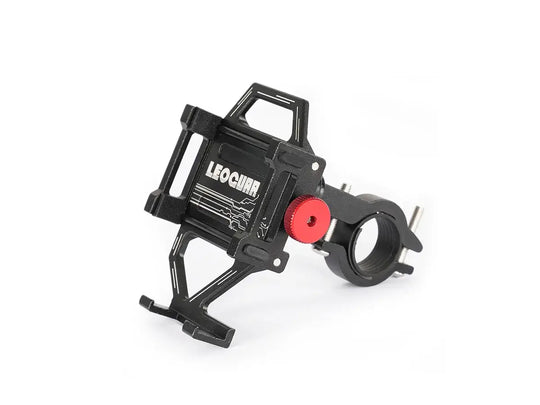
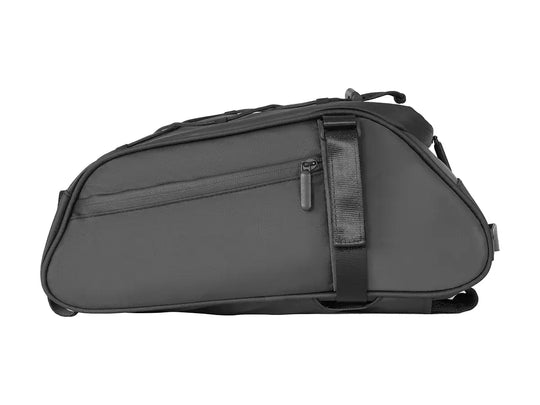
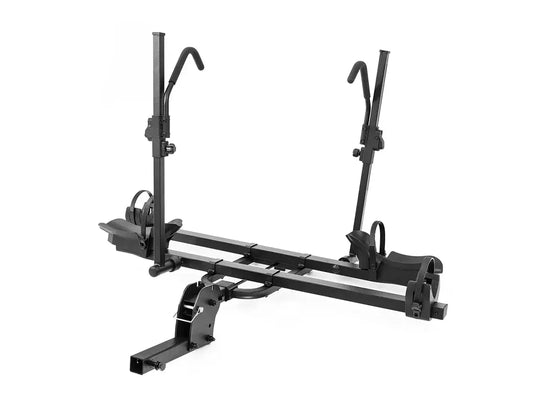
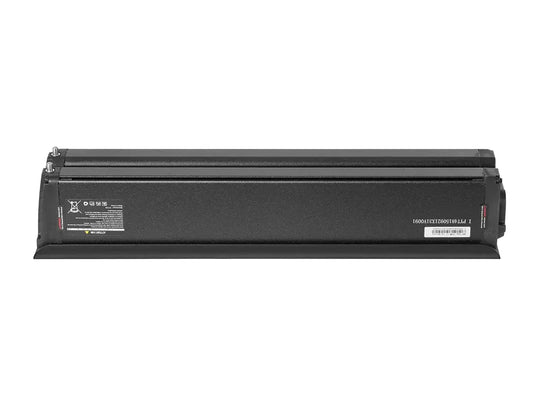
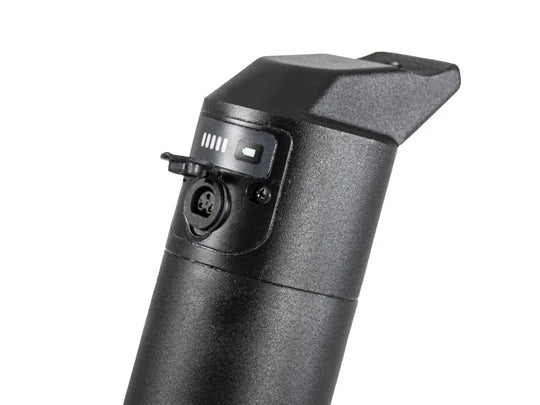
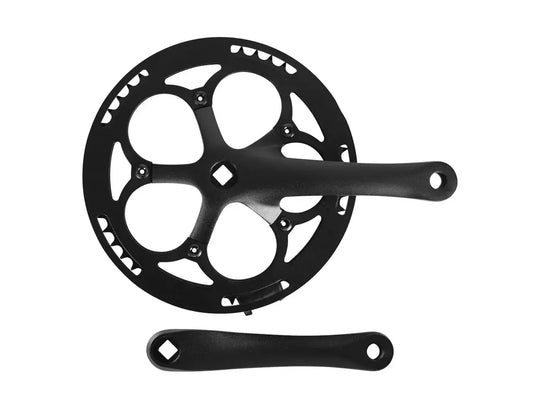
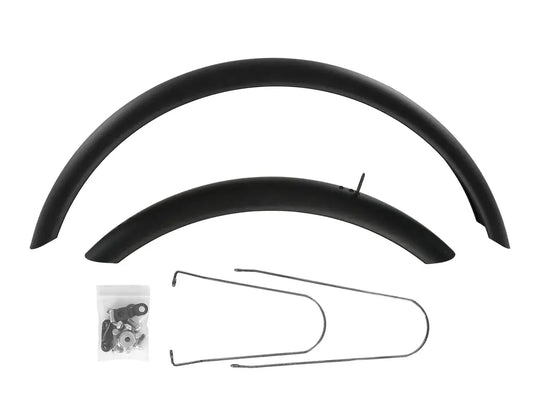
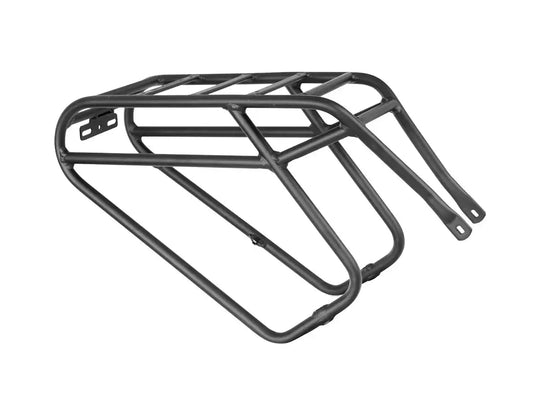
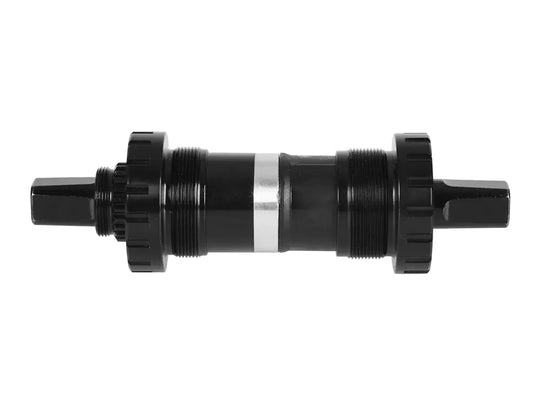
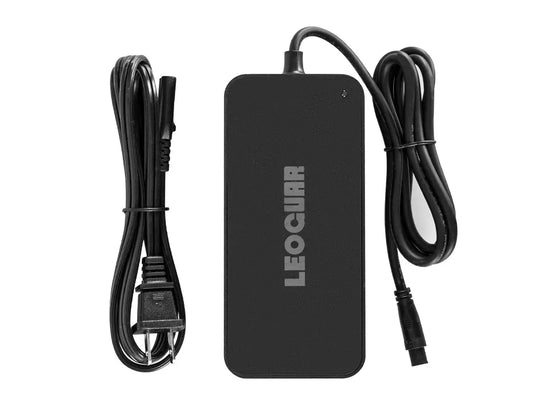
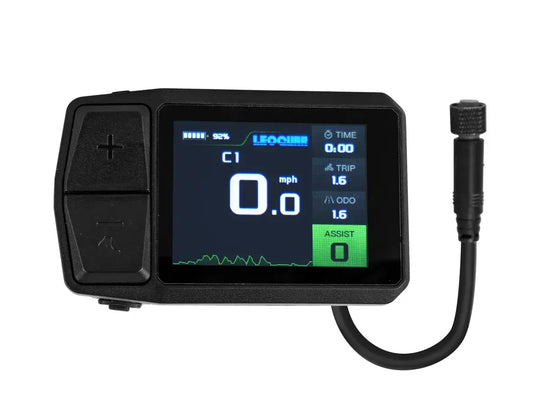
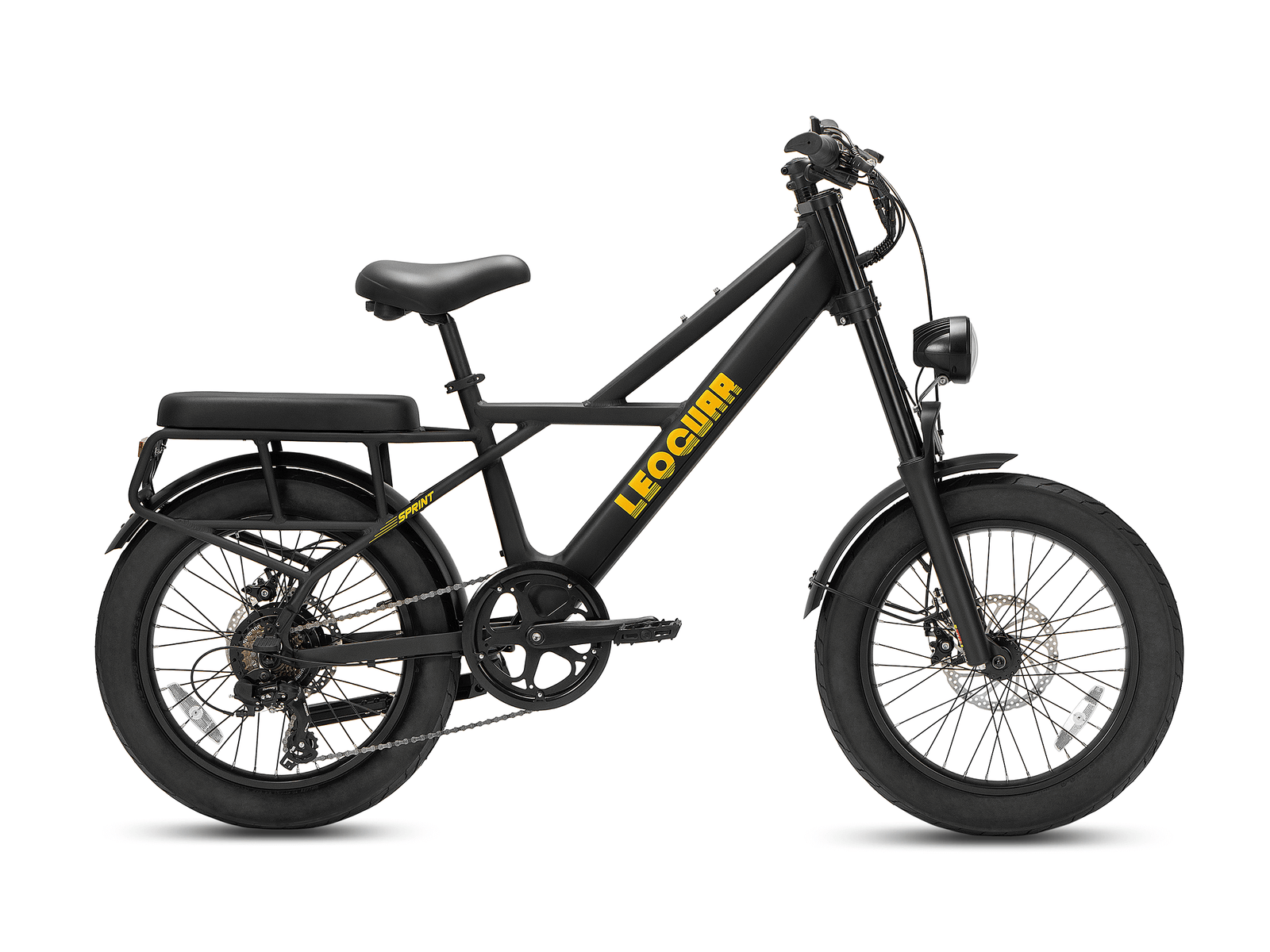








Leave a comment